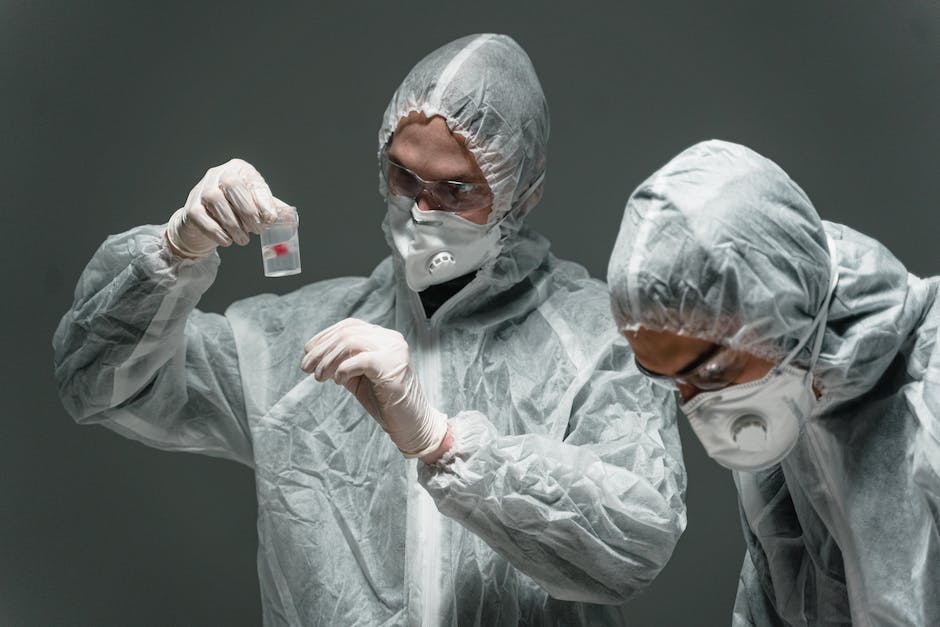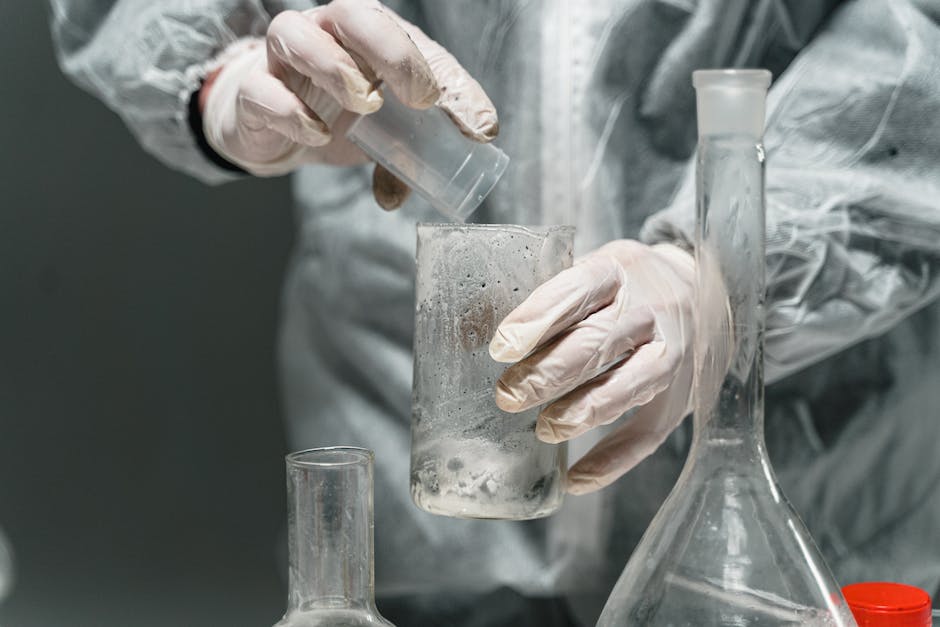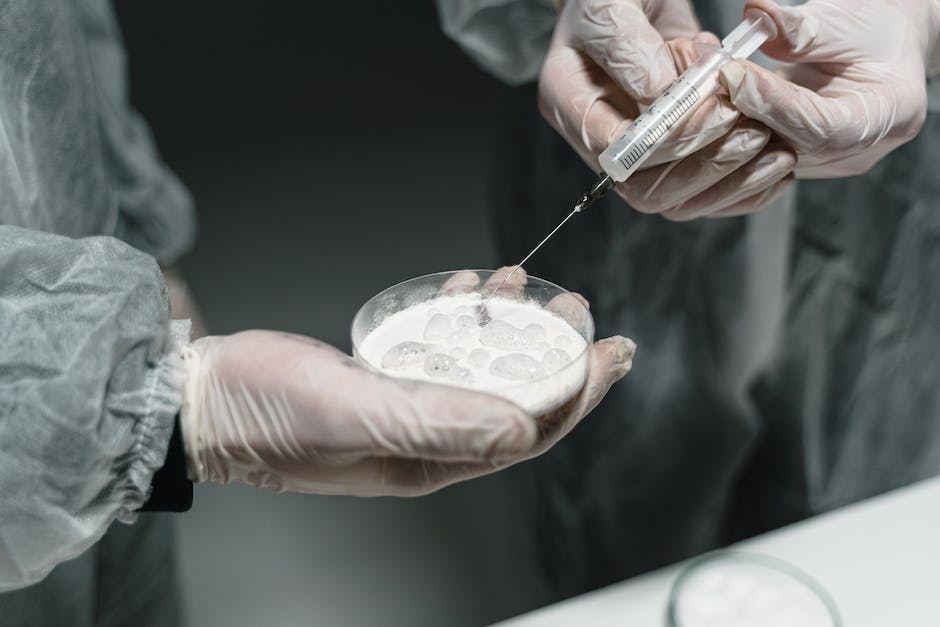As the legalization of cannabis continues to gain momentum around the world, alternative forms of cannabis consumption have also emerged. One such alternative that has been gaining popularity is microdosing, a method where individuals consume very low doses of cannabis for therapeutic purposes. In this article, we will explore the role of microdosing in cannabis therapy by debunking common myths, presenting evidence-based facts, and sharing personal experiences.
Over the years, cannabis has been primarily associated with recreational use and the psychoactive effects of THC (tetrahydrocannabinol). However, with advancements in research and an increased understanding of the plant’s therapeutic potential, many individuals are now turning to microdosing as a means of harnessing the medicinal properties of cannabis without experiencing the intoxicating high.
Microdosing involves consuming small amounts of cannabis, typically containing minimal THC levels and higher ratios of CBD (cannabidiol), another prominent cannabinoid in the plant. Proponents of microdosing believe that this approach allows for the therapeutic benefits of cannabis to be experienced while minimizing any undesirable side effects.
One common myth surrounding microdosing is that it is ineffective – that consuming such small amounts of cannabis would have no noticeable impact. However, emerging evidence suggests otherwise. Studies have indicated that microdosing can potentially provide therapeutic benefits such as pain management, anxiety relief, improved focus, and enhanced creativity, among others.
Moreover, microdosing also offers a level of control and precision that allows individuals to fine-tune their cannabis intake according to their specific needs. By starting with a low dose and gradually increasing if necessary, users can find their optimal therapeutic sweet spot while minimizing the risk of adverse effects.
Personal experiences with microdosing cannabis have varied, with many individuals reporting positive outcomes. Some have found relief from chronic pain conditions, others have experienced reduced anxiety levels, and some have even reported improvements in overall well-being and productivity. These personal anecdotes, while subjective, contribute to the growing body of evidence supporting the potential benefits of microdosing in cannabis therapy.
In the following sections of this article, we will delve deeper into the research surrounding microdosing, explore the potential risks and limitations, and provide practical tips for those interested in incorporating microdosing into their cannabis therapy routine.
Disclaimer: It is important to note that the information provided in this article is for informational purposes only and should not be considered medical advice. Consult with a healthcare professional before starting any new therapy or altering your current treatment plan.
Stay tuned for the next sections, where we will unpack the research findings surrounding microdosing, and discuss the potential risks and limitations associated with this practice.
Brief explanation of what microdosing entails (Definition and recommended dosage)

Microdosing is a practice that involves consuming small, sub-perceptual doses of a substance to experience its potential therapeutic benefits without any significant psychoactive effects. In the context of cannabis therapy, microdosing refers to the careful administration of very low doses of THC (tetrahydrocannabinol), the main psychoactive compound in cannabis, or CBD (cannabidiol), the non-psychoactive compound, to harness the therapeutic properties of the plant.
While the recommended dosage may vary from person to person, a typical microdose of THC can range from 1 to 5 milligrams, whereas CBD microdosing typically involves doses between 2 and 10 milligrams. It’s important to note that these dosages are significantly lower than what would be considered a standard dose for recreational purposes, which can range from 10 to 100 milligrams or more.
The intention behind microdosing cannabis is to achieve subtle benefits, such as stress relief, improved focus, pain management, and enhanced creativity, without experiencing the intoxicating effects that higher doses of THC can induce. By starting with low doses and carefully titrating the dosage, individuals can find their “sweet spot” where they experience the benefits without feeling impaired or overwhelmed.
The concept of microdosing has gained popularity in recent years as more individuals are exploring alternative and holistic approaches to wellness. However, it’s important to approach microdosing with caution and seek guidance from a healthcare professional or a knowledgeable cannabis consultant. Every individual may respond differently to microdosing, and it’s essential to understand the potential interactions with any existing medications or conditions.
In conclusion, microdosing in cannabis therapy involves consuming minuscule amounts of THC or CBD to tap into the therapeutic properties of the plant while minimizing any psychoactive effects. The recommended dosage for microdosing is significantly lower than standard recreational doses, and individuals should exercise caution and seek professional guidance to ensure a safe and effective experience.
Dispelling common myths and misconceptions about microdosing cannabis (Addressing concerns about psychoactive effects and addiction)

One of the most common myths surrounding microdosing cannabis is the concern about experiencing psychoactive effects. Many people mistakenly believe that any cannabis consumption, even in small doses, will lead to feeling high or impaired. However, microdosing involves taking very low doses of cannabis, typically below the threshold required to produce psychoactive effects.
Studies have shown that consuming small amounts of cannabis can provide therapeutic benefits without inducing the typical euphoria associated with higher doses. This means that individuals can still experience relief from symptoms such as chronic pain, anxiety, or insomnia, while maintaining mental clarity and remaining fully functional throughout the day.
Another misconception about microdosing cannabis is the fear of developing addiction or dependency. It is important to note that microdosing is not intended to be a long-term treatment option, but rather a strategy for managing symptoms in a controlled and responsible manner. By using cannabis in low doses and adhering to a structured dosing schedule, the risk of developing dependence or addiction is greatly minimized.
Furthermore, the cannabinoids found in cannabis, such as CBD (cannabidiol), have been shown to have a low potential for abuse and exhibit a favorable safety profile. CBD, in particular, has gained attention for its therapeutic properties, including anti-inflammatory, analgesic, and anti-anxiety effects, without causing psychotropic effects.
Personal experiences with microdosing cannabis have also helped debunk these myths. Many individuals who have utilized microdosing methods report positive outcomes, such as improved mood, reduced anxiety, enhanced focus, and better sleep quality. These anecdotal accounts align with the growing body of research indicating the potential benefits of microdosing cannabis for various medical conditions.
In conclusion, it is crucial to dispel the common myths and misconceptions surrounding microdosing cannabis. By understanding that microdosing involves taking very small doses, below the psychoactive threshold, individuals can experience therapeutic effects while maintaining cognitive clarity. Furthermore, the risk of addiction or dependency is low when microdosing is done responsibly and as a short-term treatment option. Personal experiences and scientific research continue to shed light on the potential benefits and safety of microdosing cannabis in the realm of therapeutic applications.
Highlighting scientific research on the potential benefits of microdosing (Exploring studies regarding pain management, anxiety, and mood disorders)

Microdosing – A Promising Pathway to Cannabis Therapy
In recent years, there has been a growing interest in microdosing as a potential strategy for cannabis therapy. This approach involves consuming small, sub-noticeable amounts of cannabis to reap its therapeutic benefits without experiencing the psychoactive effects typically associated with higher doses. While microdosing is a relatively new concept, it has captured the attention of researchers who are keen on uncovering its potential benefits for conditions such as pain management, anxiety, and mood disorders.
Scientific research has delved into the realm of microdosing, aiming to shed light on its efficacy and safety. One area of exploration has been pain management. Multiple studies have highlighted the potential of microdosing as an alternative therapy for chronic pain. A study published in the Journal of Pain revealed that lower doses of cannabis were effective in relieving pain symptoms, demonstrating the analgesic properties of microdosing. Further research has suggested that microdosing may provide pain relief without the risk of side effects commonly associated with higher doses of cannabis.
Anxiety disorders are another area where microdosing has shown promise. Research has demonstrated that small doses of cannabis can alleviate anxiety symptoms without inducing the heightened anxiety and paranoia often experienced at higher doses. A study conducted by the University of Chicago found that participants who microdosed experienced reduced anxiety levels compared to those who consumed higher amounts of cannabis. These findings pave the way for potential cannabis-based treatments for anxiety disorders, where microdosing could offer a more controlled and tailored approach.
Furthermore, microdosing has also been explored as a potential therapy for mood disorders. Preliminary studies have indicated that microdosing may help stabilize mood and alleviate symptoms associated with conditions like depression and bipolar disorder. A study published in the Journal of Affective Disorders found that microdosing was associated with improved mood regulation and reduced depressive symptoms. These findings suggest that microdosing could hold promise as a complementary approach to conventional treatments for mood disorders.
While scientific research on microdosing is still in its early stages, the emerging evidence highlights its potential benefits in various therapeutic areas. From pain management to anxiety and mood disorders, microdosing offers a novel approach to utilizing cannabis for therapeutic purposes. However, it is essential to recognize that individual experiences may vary, and more research is needed to determine optimal dosing, long-term effects, and potential risks.
As the understanding of microdosing continues to evolve, so too does its potential to revolutionize cannabis therapy. In the next section, we will delve into some common myths and misconceptions surrounding microdosing to provide a more comprehensive understanding of this growing phenomenon. Stay tuned for the next installment of our blog series on microdosing in cannabis therapy.
Differentiating between microdosing THC and CBD (Effects and therapeutic applications of each)

Microdosing cannabis has gained significant attention as a potentially effective therapy for various health conditions. However, it is important to understand the key differences between microdosing THC (tetrahydrocannabinol) and CBD (cannabidiol) to make informed decisions about their therapeutic applications.
THC and CBD are two of the most prevalent compounds found in cannabis, and each offers unique effects and benefits when consumed in small, controlled amounts.
THC is the psychoactive component of cannabis, responsible for the familiar euphoric “high” associated with marijuana use. When microdosing THC, the goal is to consume the smallest possible amount that produces subtle therapeutic effects without inducing psychoactive sensations. This approach allows individuals to harness the potential benefits of THC, such as pain relief, relaxation, and mood elevation, without impairing cognitive function or experiencing any unwanted psychoactive effects. Microdosing THC may be particularly useful for individuals managing chronic pain, mental health conditions, or sleep disorders.
On the other hand, CBD is non-intoxicating and does not produce the same psychoactive effects as THC. Microdosing CBD involves consuming small amounts to take advantage of its potential anti-inflammatory, analgesic, anxiolytic (anti-anxiety), and neuroprotective properties. By microdosing CBD, individuals may experience relief from pain and chronic inflammation, reduced anxiety and stress levels, improved sleep patterns, and even potential neuroprotective effects that could help with conditions like epilepsy or neurodegenerative diseases.
While THC and CBD have distinct therapeutic benefits, it’s important to note that they often work best in combination with one another, along with the other cannabinoids and terpenes found in the cannabis plant. This phenomenon is known as the entourage effect, where the synergistic interaction of various compounds enhances the overall therapeutic potential of the cannabis plant.
When microdosing THC and CBD, it is crucial to start with low doses and gradually increase as needed to find the optimal balance for individual needs. Every person’s body chemistry and tolerance may vary, so finding the right dosage may require some experimentation.
In conclusion, differentiating between microdosing THC and CBD allows individuals to better understand the unique effects and therapeutic applications of each compound. While THC offers potential relief for pain, mood-related disorders, and sleep disturbances, CBD’s non-intoxicating nature makes it a suitable option for individuals seeking anti-inflammatory, anxiolytic, and neuroprotective effects. Ultimately, combining these two compounds, along with other cannabis constituents, may provide an even more comprehensive approach to cannabis therapy.
Personal experiences of individuals who have incorporated microdosing into their cannabis therapy regimen (Positive outcomes, challenges, and tips)

Personal experiences of individuals who have incorporated microdosing into their cannabis therapy regimen (Positive outcomes, challenges, and tips):
In this section, we will delve into the personal experiences of individuals who have embraced microdosing as part of their cannabis therapy journey. These firsthand accounts provide valuable insights into the positive outcomes, challenges, and helpful tips for those considering or currently practicing microdosing.
Many individuals shared their positive experiences with microdosing. One common theme is the ability to experience the therapeutic benefits of cannabis while maintaining mental clarity and productivity. Jennifer, a freelance writer, shared how incorporating microdosing into her routine helped her alleviate symptoms of anxiety without feeling sedated or impaired. She described a subtle shift in her overall mood, displaying enhanced focus and creativity throughout the day.
John, a retired executive, found relief from chronic pain through microdosing. By carefully adjusting his dosage, he was able to manage his symptoms effectively while being vigilant about avoiding the psychoactive effects associated with higher cannabis doses. This allowed him to continue his daily activities without feeling overwhelmed or impaired.
While there have been many positive outcomes, challenges also emerged for some individuals. Finding the right balance and dosage was a common obstacle. It often required diligent experimentation and self-monitoring, as everyone’s tolerance and response to cannabis differs. Sarah, a yoga instructor, emphasized the importance of starting with a low dose and gradually increasing it until the desired therapeutic effect is achieved. Patience and self-awareness are key when navigating this process.
Communication and support from healthcare professionals were also instrumental for many individuals. Mark, a software engineer, stressed the significance of consulting with a knowledgeable physician or therapist who could provide guidance tailored to his specific needs. This partnership allowed him to optimize his microdosing regimen and use cannabis therapy as part of a comprehensive wellness plan.
The following are some valuable tips shared by our contributors:
1. Start low and go slow: Begin with a low dose and gradually increase it until the desired therapeutic effect is achieved.
2. Journal your experience: Keeping track of the symptoms, dosage, and effects can help identify trends and adjust the regimen accordingly.
3. Seek professional guidance: Consulting with a healthcare professional who understands cannabis therapy can provide personalized guidance and support.
4. Quality matters: Choose reputable sources for cannabis products to ensure consistency and safety.
5. Practice self-awareness: Regularly assess your overall well-being and continually adjust the dosage as needed.
It is important to note that these personal experiences are unique to each individual and may not reflect the same results for everyone. Microdosing with cannabis should be approached with caution and in consultation with healthcare professionals.
In the next section, we will explore the myths and facts surrounding microdosing in cannabis therapy to provide a well-rounded understanding of this growing trend.
Insights from medical professionals and experts in the field of cannabis therapy (Expert opinion and recommendations for safe and effective microdosing)

Insights from medical professionals and experts in the field of cannabis therapy are crucial when exploring the role of microdosing in cannabis therapy. With their wealth of knowledge and experience, these professionals provide expert opinions and recommendations for safe and effective microdosing.
One key recommendation from medical professionals is to start with a low dose when experimenting with microdosing. This allows individuals to assess their tolerance and understand how their body reacts to different levels of cannabinoids. By gradually increasing the dose over time, they can find the optimal amount that provides the desired therapeutic effects without any unwanted side effects.
Furthermore, medical professionals stress the importance of selecting the right strain for microdosing. Different strains have varying levels of cannabinoids and terpenes, which contribute to the overall effects experienced. Consulting with a knowledgeable budtender or medical professional can help individuals identify strains that best suit their specific needs and desired outcomes.
Additionally, experts underscore the significance of keeping a meticulous journal or log when embarking on a microdosing regimen. Recording the strain, dosage, time of consumption, and observed effects can help individuals track their progress, identify patterns, and make informed adjustments to their microdosing routine. This systematic approach ensures that the therapeutic benefits are maximized and any potential adverse effects are promptly recognized and addressed.
It is worth noting that the opinions of medical professionals and cannabis therapy experts may vary regarding specific dosages and strains. This is because individual responses to cannabis can differ greatly, and what works for one person may not work for another. Therefore, it is essential to consult with a healthcare professional or specialist who is knowledgeable in cannabis therapy to devise a personalized microdosing plan that aligns with one’s unique needs and medical history.
In conclusion, the insights provided by medical professionals and experts in the field of cannabis therapy are invaluable when incorporating microdosing into a cannabis therapy regimen. Their expert opinions and recommendations offer guidance on starting with low doses, selecting suitable strains, and keeping detailed records. By following their advice, individuals can embark on a safe and effective microdosing journey, maximizing the potential benefits of cannabis therapy while minimizing any potential risks.
Exploring the legality and regulations surrounding microdosing cannabis in different regions (Understanding legal implications and potential restrictions)
Exploring the legality and regulations surrounding microdosing cannabis in different regions (Understanding legal implications and potential restrictions):
As the interest in cannabis therapy continues to grow, it is important to understand the legal implications and potential restrictions surrounding the practice of microdosing in different regions. While the legality of cannabis varies from country to country and even from state to state, it is crucial for individuals interested in microdosing to familiarize themselves with the specific laws in their location.
In some regions, cannabis may be legal for medical use, allowing individuals to explore various forms of consumption, including microdosing. However, even in these areas, it is essential to be aware of any limitations or regulations set forth by governing bodies. These regulations may include specific requirements for obtaining a medical cannabis license or restrictions on the maximum dosage allowed for microdosing.
On the other hand, in regions where cannabis remains illegal, microdosing can carry severe legal consequences. It is vital for users to be aware of the potential risks and to consider alternative options within the boundaries of the law. It is always recommended to consult with legal professionals or seek guidance from reputable sources to stay updated on the ever-evolving legal status of cannabis and microdosing.
Moreover, even in regions where cannabis is legal, it is essential to understand specific regulations on microdosing that may be in place. For example, some areas may require specific labeling or packaging of cannabis products, while others may have restrictions on the quantities that can be possessed or purchased for personal use. Compliance with these regulations is crucial to ensure the responsible and legal practice of microdosing.
In summary, understanding the legality and regulations surrounding microdosing cannabis is imperative for individuals seeking therapeutic benefits while complying with the law. Familiarizing oneself with the specific laws in their region, including any limitations or requirements, plays a crucial role in ensuring a safe and compliant experience. As the legal landscape surrounding cannabis constantly evolves, staying informed and seeking professional advice is key to navigating the world of microdosing responsibly.
Practical tips for establishing a microdosing routine (Choosing products, tracking effects, and adjusting dosage)

Establishing a microdosing routine can be a powerful tool in cannabis therapy. By carefully choosing products, tracking their effects, and adjusting dosages, individuals can optimize their experience and maximize the benefits of microdosing. Here are some practical tips to help you navigate the process:
1. Choosing the right products: Start by selecting strains with lower THC levels and higher CBD content. Aim for products that are specifically marketed or labeled for microdosing purposes. These are often available in various forms like tinctures, capsules, or pre-dosed edibles. Research different options and consult with your healthcare provider to find the best fit for your needs.
2. Start low and slow: When beginning your microdosing journey, it’s advisable to start with the lowest possible dosage. This allows you to gauge your sensitivity to the cannabis compounds and ensures a gentle introduction to its effects. Remember, the goal of microdosing is to find the minimum effective dose, so give your body time to adjust before increasing the amount.
3. Tracking the effects: Maintaining a detailed journal to track the effects of your cannabis microdosing routine can be invaluable. Note down the time and dosage taken, as well as any noticeable changes in your mood, energy levels, pain relief, or other desired outcomes. Monitoring these factors over time will help you assess whether adjustments to your dosage or product selection are needed.
4. Adjusting dosage: Through careful observation and analysis of your journal, you can fine-tune your microdosing routine. If you find that the effects are too subtle, gradually increase the dosage by small increments. On the other hand, if you experience unwanted side effects or stronger-than-desired outcomes, consider decreasing the dosage. Aim for the sweet spot where you achieve the desired therapeutic benefits without any unwanted effects.
5. Consistency is key: To truly understand the impact of microdosing, consistency is vital. Stick to a routine that works for you, incorporating the same dosage and timing every day. This will help you maintain steady levels of cannabinoids in your system and allow for a more accurate evaluation of its effects over time.
In summary, establishing a microdosing routine requires careful consideration of product selection, tracking the effects, and adjusting the dosage as needed. By following these practical tips, you can optimize your cannabis therapy experience and discover the personal benefits of microdosing. Remember to consult with a healthcare professional to ensure the approach aligns with your specific needs and medical history.

